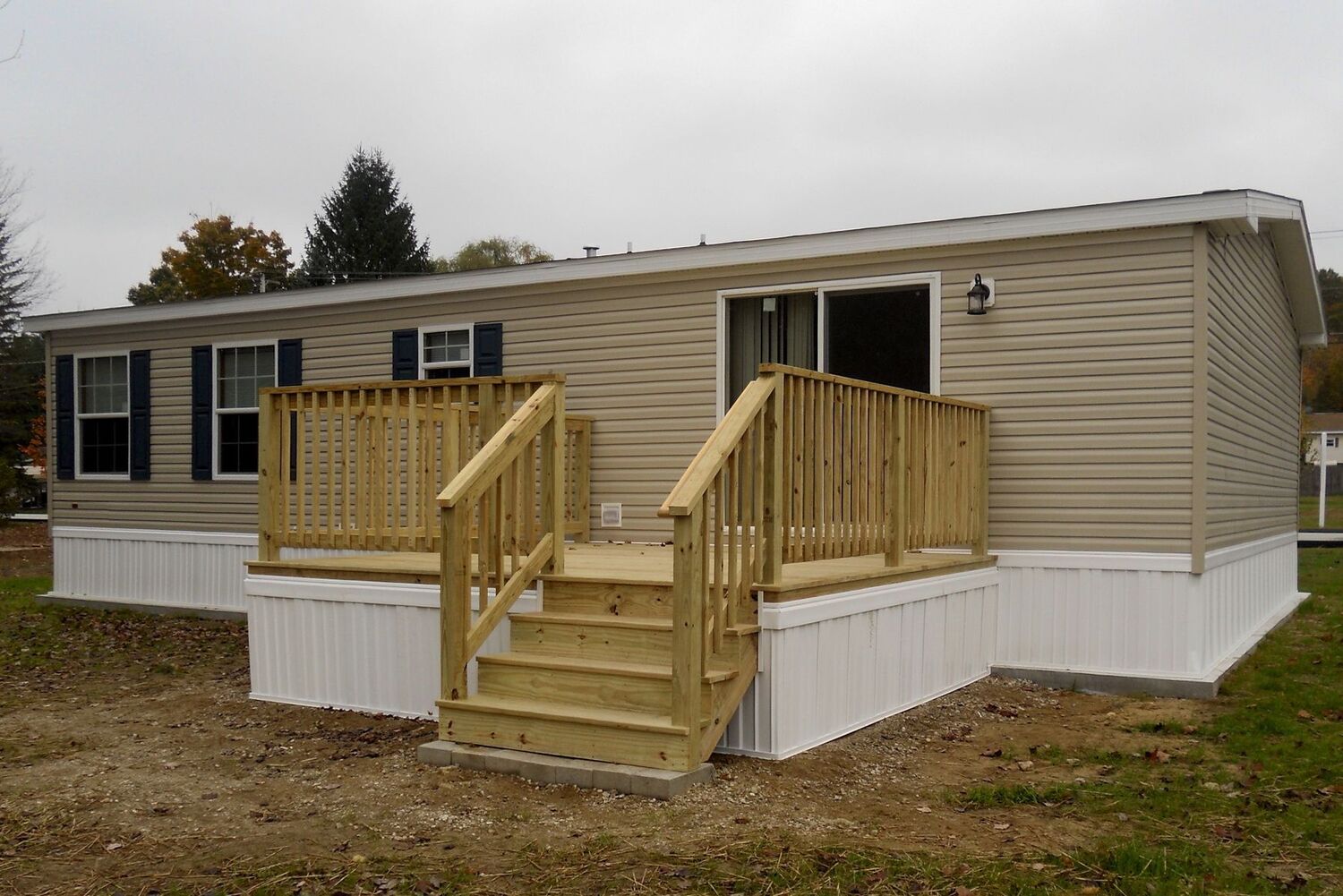

Articles
How To Build A Mobile Home Porch
Modified: August 17, 2024
Learn how to build a mobile home porch with step-by-step articles. Create a beautiful and functional outdoor space for your manufactured home.
(Many of the links in this article redirect to a specific reviewed product. Your purchase of these products through affiliate links helps to generate commission for Storables.com, at no extra cost. Learn more)
Introduction
Adding a porch to your mobile home can significantly enhance its functionality, aesthetics, and value. A mobile home porch serves as an outdoor living space where you can relax, entertain guests, and enjoy the pleasant weather. However, building a porch requires careful planning and considerations to ensure a successful outcome.
In this article, we will guide you through the step-by-step process of building a porch for your mobile home. From designing the porch to adding the finishing touches, we will cover all the essential elements to help you create the perfect outdoor space. So, let’s get started!
Key Takeaways:
- Designing a mobile home porch requires careful consideration of size, materials, and accessibility. Proper planning and adherence to local regulations are essential for creating a functional and visually appealing outdoor space.
- Building a mobile home porch involves a step-by-step process, from site preparation and foundation construction to adding finishing touches. Attention to detail, safety measures, and personalization are key to creating a welcoming and enjoyable porch.
Read more: How To Build Stairs For A Mobile Home
Step 1: Designing the Porch
The first step in building a mobile home porch is designing the layout and structure of the porch. Consider the available space, your specific needs, and the overall aesthetics of your home. Here are some key factors to consider during the design process:
- Size and Shape: Determine the size and shape of your porch based on the available space. Measure the area where you want to build the porch and consider how much seating and walking space you want.
- Permits and Regulations: Check with your local building department to understand the permits and regulations you need to comply with. Some areas have specific requirements for mobile home porches, such as setback limits and height restrictions.
- Materials: Choose the materials that will best suit your design and budget. Common options for mobile home porches include wood, composite decking, and concrete.
- Roofing: Decide whether you want to have a covered porch or an open-air space. If you choose to have a roof, consider the material and design that will complement your home.
- Accessibility: Ensure your porch design is accessible for everyone. Consider adding handrails, ramps, or steps to make it easy for people of all abilities to enter and exit the porch.
- Lighting and Electrical Outlets: Plan for adequate lighting and electrical outlets on the porch. This will allow you to use the space during the evening and conveniently plug in any devices or appliances.
Once you have a clear vision of your porch design, sketch it out or use design software to create a visual representation. This will serve as a reference during the construction process and help you communicate your ideas to contractors if needed.
Remember, the design phase is crucial as it sets the foundation for the rest of the construction. Take your time to ensure that the porch design aligns with your preferences and meets the requirements of your mobile home.
Step 2: Obtaining the Required Materials
After finalizing the design of your mobile home porch, it’s time to gather all the necessary materials for the construction. Having the right materials on hand will ensure a smooth and efficient building process. Here’s a list of essential materials you may need:
- Lumber: Depending on the size of your porch, you will need pressure-treated lumber for the frame, posts, and joists. Consider using high-quality lumber that is resistant to rot and decay.
- Decking Material: Choose a decking material that suits your design preference and budget. Common options include wood, composite decking, or PVC boards.
- Concrete: If you plan to have a poured concrete foundation, make sure to calculate the amount of concrete required based on the size and depth of the footings.
- Fasteners: Purchase screws and nails suitable for outdoor use. Stainless steel or galvanized fasteners are recommended to prevent rusting and deterioration.
- Hardware: You may need various hardware items such as joist hangers, brackets, post anchors, and bolts to secure the structure and connections.
- Handrails and Balusters: If your design includes handrails, determine the type of material and style you want, such as wood or metal, along with the matching balusters.
- Roofing Materials: If you are adding a roof to your porch, consider the type of roofing material you prefer, such as asphalt shingles or metal roofing panels.
- Other Tools and Supplies: Don’t forget to gather essential tools like a circular saw, drill, level, measuring tape, and safety equipment. You may also need additional supplies like concrete mix, gravel, and landscaping fabric.
Before purchasing the materials, take accurate measurements of the required quantities based on your porch design and layout. It’s always a good idea to buy a little extra to account for any mistakes or unforeseen circumstances.
Consider comparing prices from different suppliers to get the best deals without compromising on the quality of the materials. If you’re uncertain about certain items, consult with a professional or seek advice from experienced DIYers to ensure you have everything you need.
Once you have obtained all the necessary materials, you’re ready to move on to the next step: preparing the site for construction.
Step 3: Preparing the Site
Before you begin building your mobile home porch, it’s important to properly prepare the site for construction. Preparing the site involves clearing the area, ensuring proper drainage, and leveling the ground. Here’s a breakdown of the key steps involved in site preparation:
- Clearing the Area: Remove any obstacles such as plants, debris, or existing structures that may interfere with the construction process. This includes digging up any plants or shrubs within the porch footprint.
- Marking the Layout: Using stakes and string, mark the layout of the porch on the ground according to your design. This will serve as a visual guide during the construction process.
- Checking for Utilities: Before digging, contact your local utility companies to mark the location of underground utilities such as gas lines, water pipes, or electrical cables. This will help you avoid any costly and dangerous accidents.
- Excavating: If necessary, excavate the area where the porch will be built. This ensures a proper foundation and sufficient space for the construction. Consider the depth of the footings and any required slope for proper drainage.
- Leveling the Ground: Use a shovel, rake, or a rented plate compactor to level the ground. This will provide a solid and stable base for the porch foundation.
- Installing Drainage: Plan for proper drainage to prevent water accumulation around the porch. This can be achieved through the installation of a French drain or by grading the area away from the mobile home.
- Adding Landscape Fabric: Lay down landscape fabric over the excavated area to prevent weed growth. This will provide a cleaner and low-maintenance foundation for your porch.
It’s crucial to take your time during the site preparation phase to ensure a solid and stable foundation for your mobile home porch. Properly clearing the area, checking for utilities, and leveling the ground will set the stage for the next step: building the foundation.
Remember to adhere to any local building codes and regulations regarding the site preparation process. If you’re unsure about any specific requirements, consult with a professional or local authorities to ensure compliance.
Step 4: Building the Foundation
The foundation is a crucial element in the construction of your mobile home porch as it provides stability and support for the structure. Building a strong and durable foundation ensures the longevity and safety of your porch. Here are the steps involved in building the foundation:
- Digging Footings: Excavate holes for the footings based on the design and local building codes. The size and depth of the footings will depend on the size and load-bearing requirements of your porch. Follow the specifications provided by the building department or consult with a professional if needed.
- Installing Formwork: Construct formwork using wooden boards or metal stakes and panels. This will create a mold to hold the concrete in place while it sets. Ensure the formwork is level and properly aligned according to the layout of your porch.
- Reinforcing: Depending on the size and design of your porch, you may need to add reinforcing steel bars (rebar) to the footings. This provides additional strength and stability, especially for larger or load-bearing structures. Consult with a structural engineer if you’re unsure about the reinforcing requirements.
- Pouring Concrete: Mix and pour the concrete into the footings, following the guidance of the manufacturer. Use a shovel or a concrete mixer to mix the concrete thoroughly and ensure a consistent texture. Fill the formwork gradually, vibrating the concrete to remove any air bubbles and ensure proper compaction. Smooth the surface with a trowel or float.
- Curing: Allow the concrete to cure for the recommended time. This typically involves covering the footings with plastic sheeting or wetting them periodically to retain moisture. Follow the curing instructions provided by the manufacturer to ensure optimal strength and durability of the concrete.
Building the foundation requires precision and attention to detail to ensure a solid and stable base for your mobile home porch. Follow the specific guidelines and recommendations provided by your local building department or consult with a professional if necessary.
Once the foundation has fully cured, you can move on to the next step: constructing the frame of your mobile home porch.
When building a mobile home porch, make sure to check local building codes and regulations to ensure compliance with any necessary permits and requirements.
Read more: How To Build A Deck Porch
Step 5: Constructing the Frame
Now that the foundation is complete, it’s time to move on to constructing the frame of your mobile home porch. The frame provides the structural support for the porch and is essential for its stability and longevity. Here are the key steps involved in constructing the frame:
- Measurements and Layout: Use your porch design and measurements to mark the locations of the framing components on the foundation. This will help ensure accurate placement and alignment during the construction process.
- Installing Ledger Board: Attach a ledger board to the mobile home using lag screws or bolts to provide additional support for the porch. The ledger board should be level and tightly secured to the home’s structure.
- Installing Rim Joists: Attach rim joists along the outer edges of the porch, perpendicular to the ledger board. These joists will serve as the outer frame and provide support for the decking material.
- Adding Joists: Install the interior joists between the rim joists, evenly spaced according to the design and local building codes. Use joist hangers and galvanized nails or screws to securely attach the joists to the ledger board and rim joists.
- Securing Corner Braces: Add corner braces at the intersections of the rim joists and ledger board for additional stability. These braces help prevent any twisting or shifting of the frame structure.
- Installing Post Supports: If your porch design includes posts, install post supports at appropriate intervals along the outer edges of the porch. Make sure the post supports are securely attached to the foundation and provide stable support for the posts.
It’s important to check the level and squareness of the frame throughout the construction process to ensure that it is properly aligned. Use a level, carpenter’s square, and measuring tape to verify the accuracy of the frame’s dimensions and angles.
Additionally, follow any specific guidelines or recommendations provided by your local building department or consult with a professional if needed. Building codes may vary, and it’s crucial to adhere to them for a safe and sturdy frame.
Once the frame is constructed, you’re ready to move on to the next step: installing the decking material.
Step 6: Installing the Decking
With the frame of your mobile home porch complete, it’s time to move on to the next step: installing the decking material. The decking is the visible surface of the porch where you and your guests will walk and spend time. Here are the key steps for installing the decking:
- Choosing the Decking Material: Select the type of decking material that suits your design preferences, budget, and maintenance requirements. Common options include wood, composite decking, and PVC boards.
- Prepping the Decking Material: If you’re using wood decking, it’s important to treat or seal the boards before installation to protect them from moisture and rot. Follow the manufacturer’s instructions for the specific type of decking you’re using.
- Starting from the Inner Edge: Begin installing the decking from the inner edge of the porch, perpendicular to the joists. Use deck screws or hidden fasteners to secure the boards to the joists. Leave a small gap between each board to allow for expansion and contraction due to weather changes.
- Continuing the Installation: Work your way outward, adding additional rows of decking until you reach the outer edge. Cut the boards as necessary to fit the dimensions of the porch using a circular saw or a miter saw.
- Ensuring Alignment and Levelness: Check the alignment and levelness of each board as you install them. Use a level and a rubber mallet to make any adjustments if needed.
- Trimming the Excess: Once the decking is fully installed, trim any excess material beyond the outer edge of the porch using a saw. This will provide a clean and finished appearance.
Follow the manufacturer’s guidelines and recommendations for the specific decking material you’re using. Each type of decking may have specific installation instructions and unique considerations.
Regularly clean and maintain the decking material to prolong its lifespan and keep it looking its best. This may involve periodic cleaning, sealing, or staining, depending on the type of decking material.
With the decking installed, you’re one step closer to completing your mobile home porch. The next step is to add railings and steps to enhance both the safety and aesthetic of your porch.
Step 7: Adding Railings and Steps
As you near the completion of your mobile home porch, it’s time to focus on adding the necessary railings and steps. Railings provide safety and support, while steps ensure easy access to and from the porch. Here are the steps involved in adding railings and steps:
- Checking Local Building Codes: Before proceeding, familiarize yourself with the local building codes and regulations regarding railings and steps for porches. Ensure that your design meets the specified requirements for height, spacing, and material.
- Choosing the Railing Material: Select the type of railing material that complements the overall design of your porch. Common options include wood, metal, or composite materials. Ensure that the chosen material is durable and suitable for outdoor use.
- Installing Posts: Install sturdy posts at appropriate intervals along the outer edges of the porch, securely attaching them to the porch frame or foundation. Ensure that the posts are plumb and level before attaching the railings.
- Attaching Railings: Depending on the chosen material, attach the railings to the posts using suitable fasteners. Ensure that the railings are straight, level, and properly aligned with the posts.
- Adding Balusters or Spindles: Install balusters or spindles between the railings to provide additional safety and prevent falls. Ensure that they are evenly spaced and securely attached to both the railings and the porch frame.
- Installing Handrails: If your design includes handrails, attach them to the railings to provide added support. Ensure that the handrails are the appropriate height and diameter for optimal grip and stability.
- Constructing Steps: If your porch requires steps, build them according to the desired design and local building codes. Ensure that the steps are sturdy, properly leveled, and have a non-slip surface for safety.
- Finishing Touches: Once the railings and steps are installed, inspect all connections and fastenings to ensure they are secure. Make any necessary adjustments and add any finishing touches, such as sanding rough edges or applying a protective coating.
Ensure that the railings and steps are built with safety in mind, providing a stable and secure environment for anyone using the porch. Regularly inspect and maintain the railings and steps to guard against wear and tear and address any necessary repairs promptly.
With the railings and steps in place, your mobile home porch is almost complete. The final step involves adding the finishing touches to make your porch truly welcoming and personalized.
Step 8: Finishing Touches
As you reach the final step of building your mobile home porch, it’s time to add the finishing touches that will give your porch its unique character and make it a welcoming outdoor space. Consider the following steps to complete your porch:
- Applying a Finish: Depending on the material used for your porch, consider applying a finish that enhances its appearance and provides added protection against the elements. This could include staining or painting the wood, or applying a sealant to composite or PVC decking.
- Adding Decorative Accents: Enhance the aesthetics of your porch by incorporating decorative touches. This could include adding potted plants, outdoor lighting fixtures, hanging baskets, or decorative accessories like lanterns or artwork.
- Furnishing the Space: Consider adding outdoor furniture that suits your needs and complements the design of your porch. This could include seating options such as chairs, benches, or a porch swing. Add cushions or pillows for comfort and style.
- Creating a Cozy Atmosphere: Make your porch feel cozy and inviting by incorporating elements like outdoor rugs, throw blankets, and pillows. These additions can create a warm and comfortable atmosphere for relaxing or entertaining.
- Adding Privacy: If desired, consider adding privacy elements such as screens, lattice panels, or curtains to create a more secluded space. This can provide a sense of intimacy and shield your porch from unwanted views.
- Installing Outdoor Lighting: Ensure that your porch is well lit for evening use by installing outdoor lighting fixtures. This could include overhead lights, wall sconces, string lights, or lanterns, depending on your design preference.
- Considering Safety Measures: Install appropriate safety features such as handrails and non-slip surfaces to prevent accidents on your porch. Additionally, keep fire safety in mind by placing fire extinguishers and ensuring that any electrical components are properly installed.
By adding these finishing touches, you can transform your mobile home porch into a cozy and inviting outdoor space. Take your time and personalize the space to suit your tastes and needs, and create an area where you can relax, entertain, and enjoy the outdoors.
Remember to regularly maintain and clean your porch to preserve its beauty and functionality. This includes sweeping away debris, checking for any needed repairs, and giving the area a thorough cleaning as needed.
With the completion of these final touches, your mobile home porch is ready to be enjoyed and admired. Step outside, take a deep breath, and revel in the satisfaction of creating a beautiful and functional outdoor space.
Read more: How To Build Porch Rails
Conclusion
Building a mobile home porch can greatly enhance the functionality, aesthetics, and value of your property. With careful planning, attention to detail, and adherence to local building codes, you can create a beautiful and inviting outdoor space that complements your mobile home. From designing the porch and obtaining the necessary materials to preparing the site, building the foundation, constructing the frame, installing the decking, adding railings and steps, and applying the finishing touches, each step is essential to ensure a successful and long-lasting porch.
Remember to consider your specific needs and preferences when designing your porch, and choose materials that are durable, low-maintenance, and suitable for outdoor use. It’s important to follow proper construction techniques and consult with professionals or local authorities if needed to ensure compliance with building codes and regulations. Safety should always be prioritized when adding railings, steps, and other features to the porch.
The finishing touches, such as applying a finish, adding decor, furnishing the space, and ensuring safety measures, will create a cozy and inviting atmosphere for you and your guests to enjoy. Regular maintenance and cleaning will help preserve the integrity and beauty of your porch over time.
So, set aside some time, gather your tools, and embark on the journey of building your mobile home porch. With patience, attention to detail, and a little creativity, you’ll be able to create a space that allows you to fully appreciate outdoor living and make lasting memories.
Ready to spruce up your space further after building that porch? Dive into our guide on colorful decor and simple add-ons to make your deck a haven for outdoor living. Seeking more ambitious projects? Our roundup of 12 amazing home constructions for the upcoming year showcases cutting-edge trends and ideas. For hands-on enthusiasts, don't miss our practical advice on how to tackle DIY home projects, perfect for adding personal touches to your living space. Each article offers unique insights and practical tips to enhance your home and garden.
Frequently Asked Questions about How To Build A Mobile Home Porch
Was this page helpful?
At Storables.com, we guarantee accurate and reliable information. Our content, validated by Expert Board Contributors, is crafted following stringent Editorial Policies. We're committed to providing you with well-researched, expert-backed insights for all your informational needs.
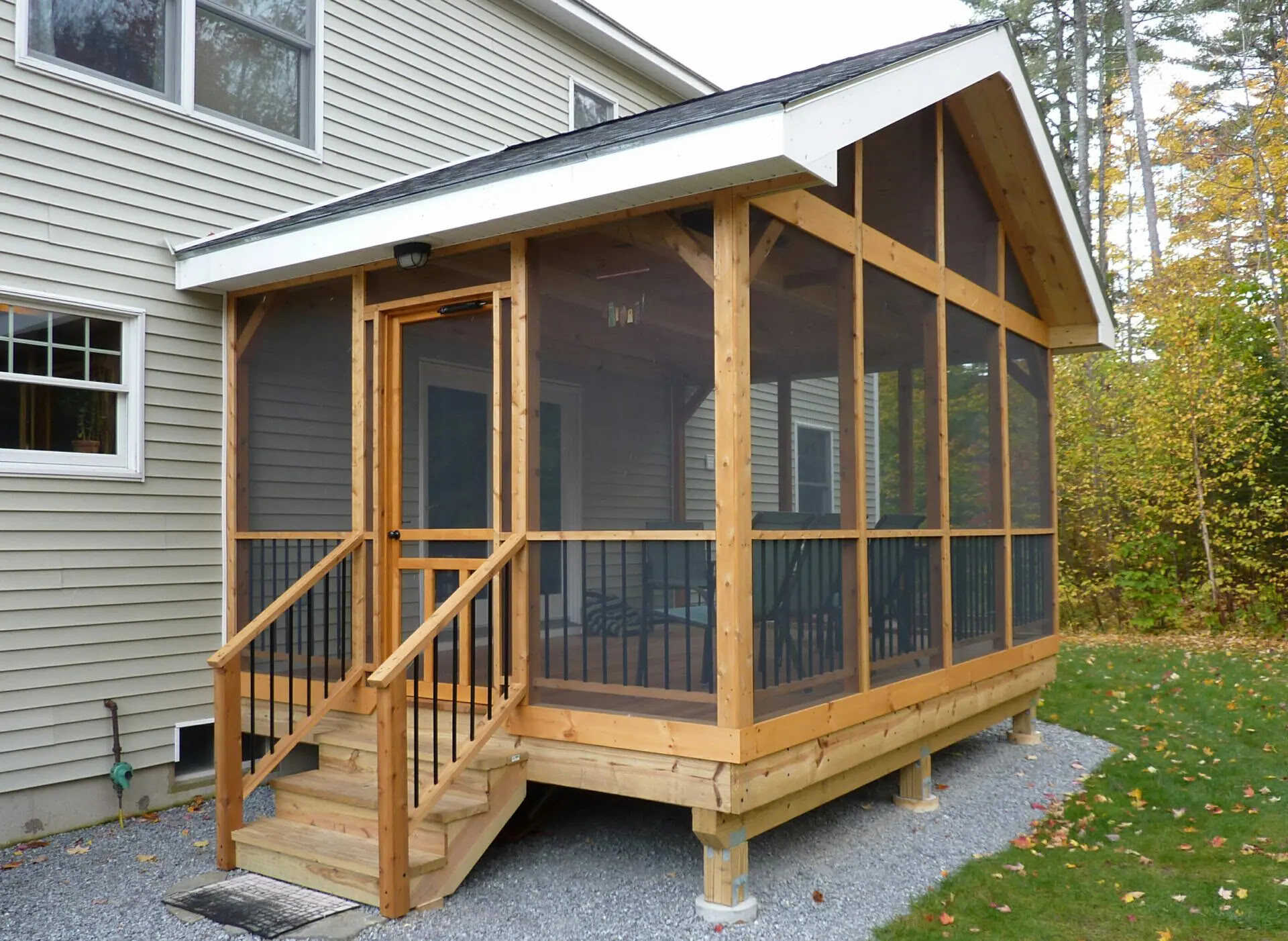
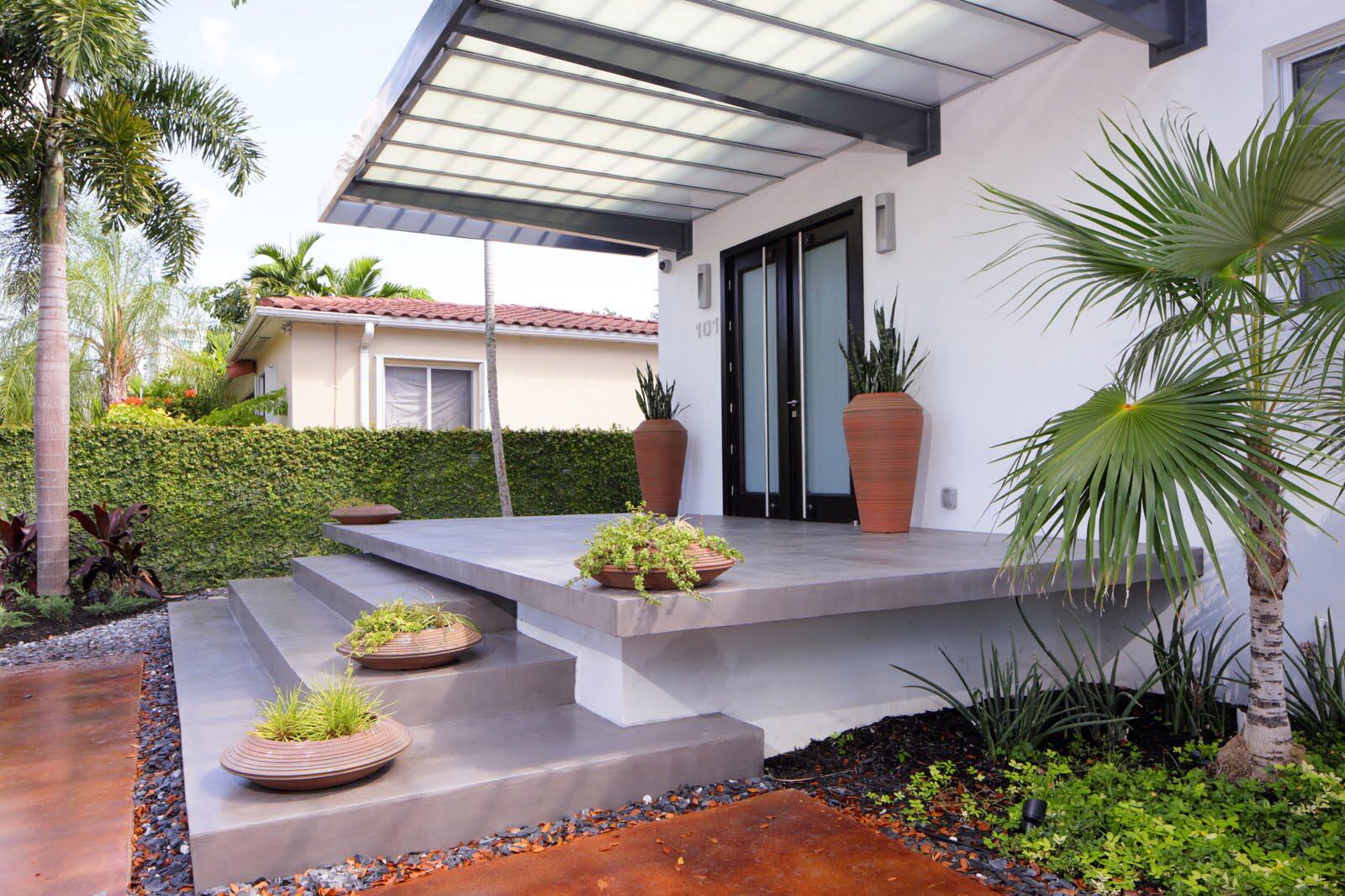
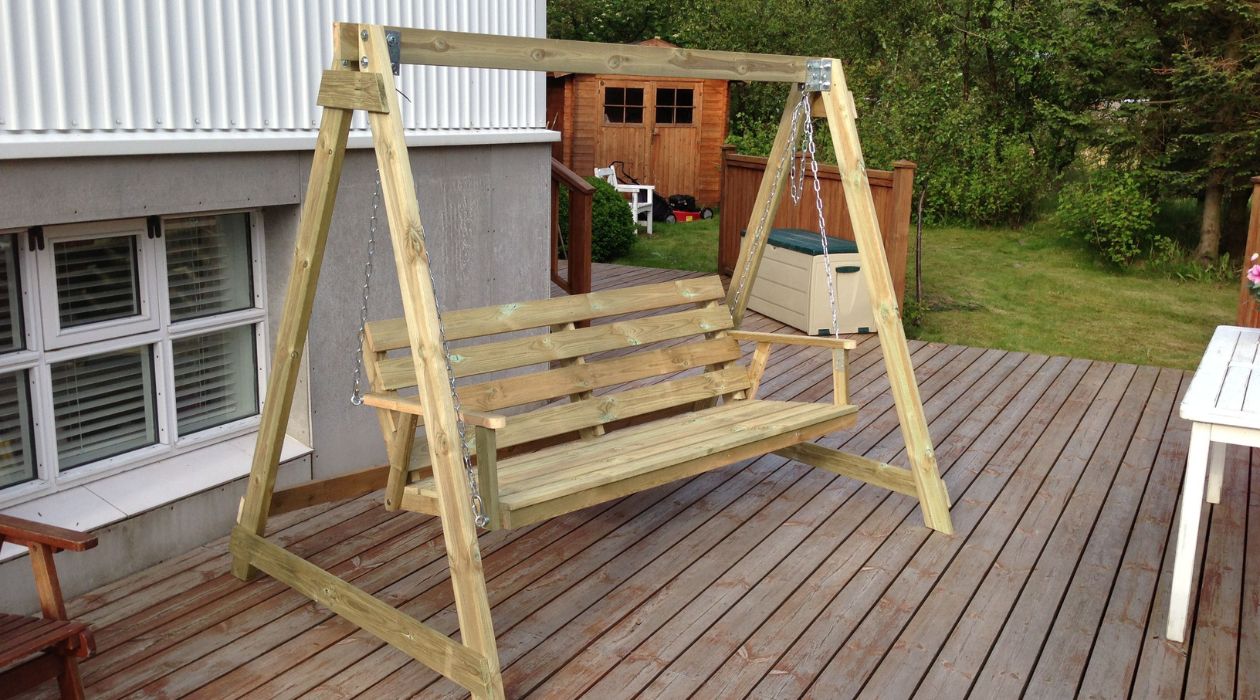
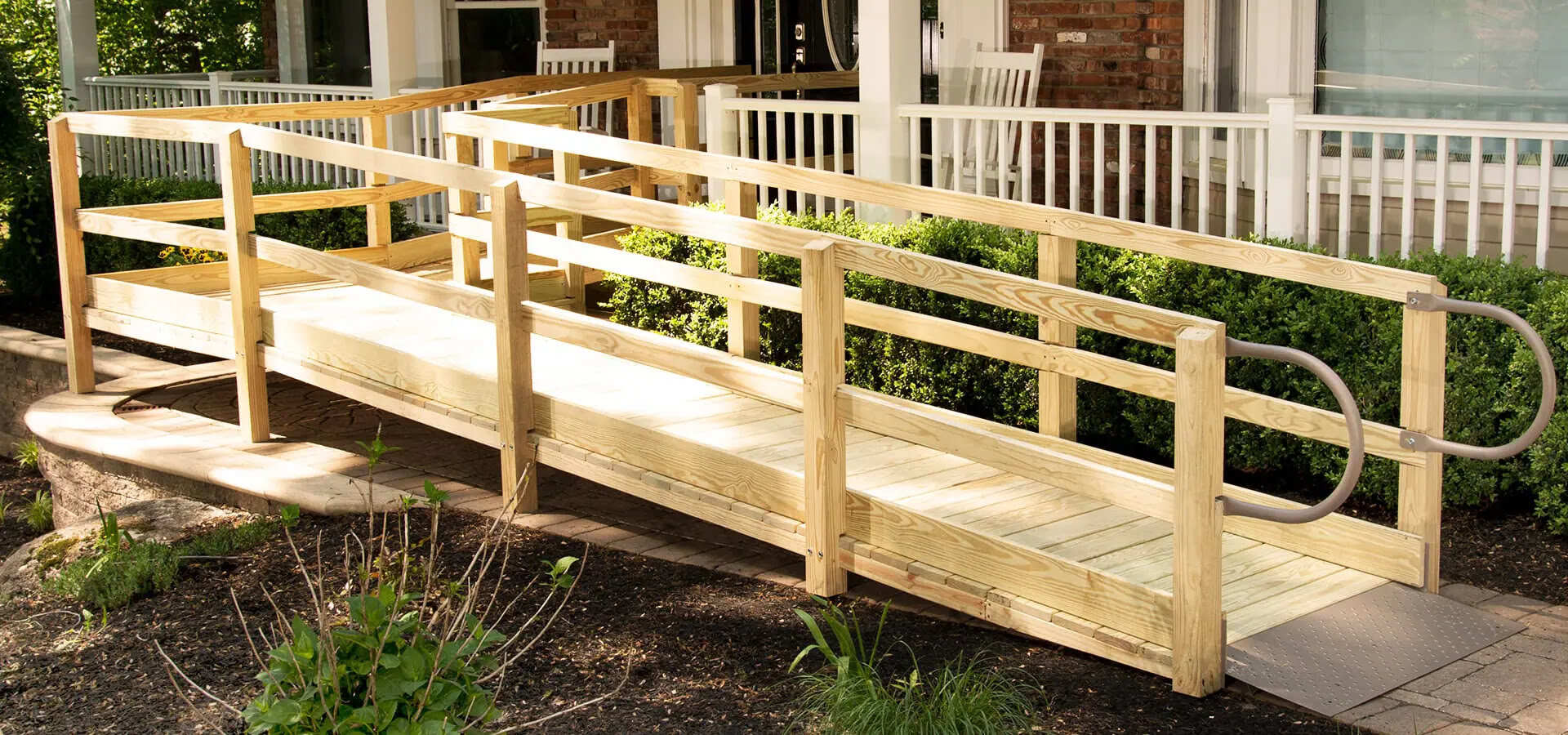
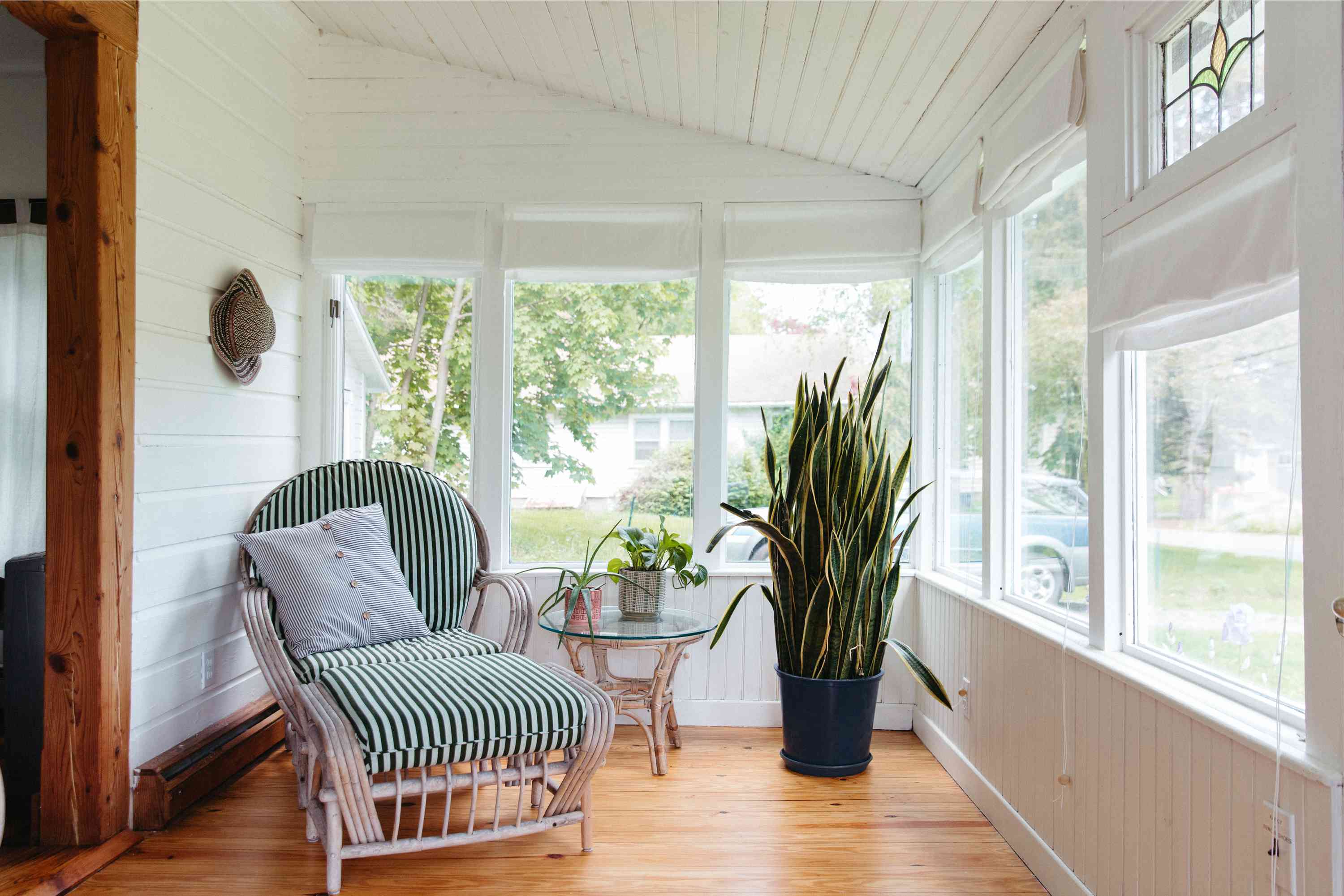
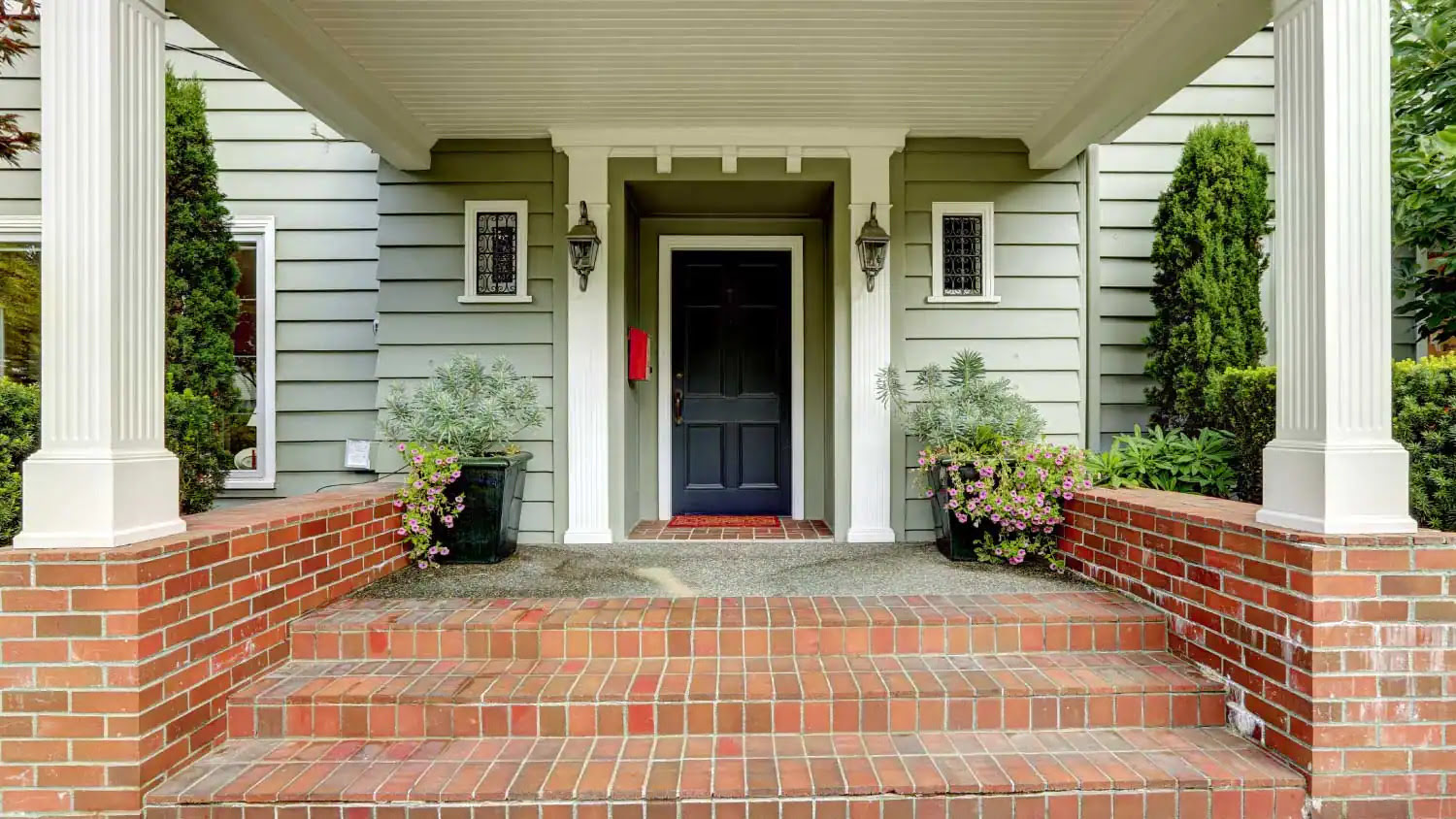
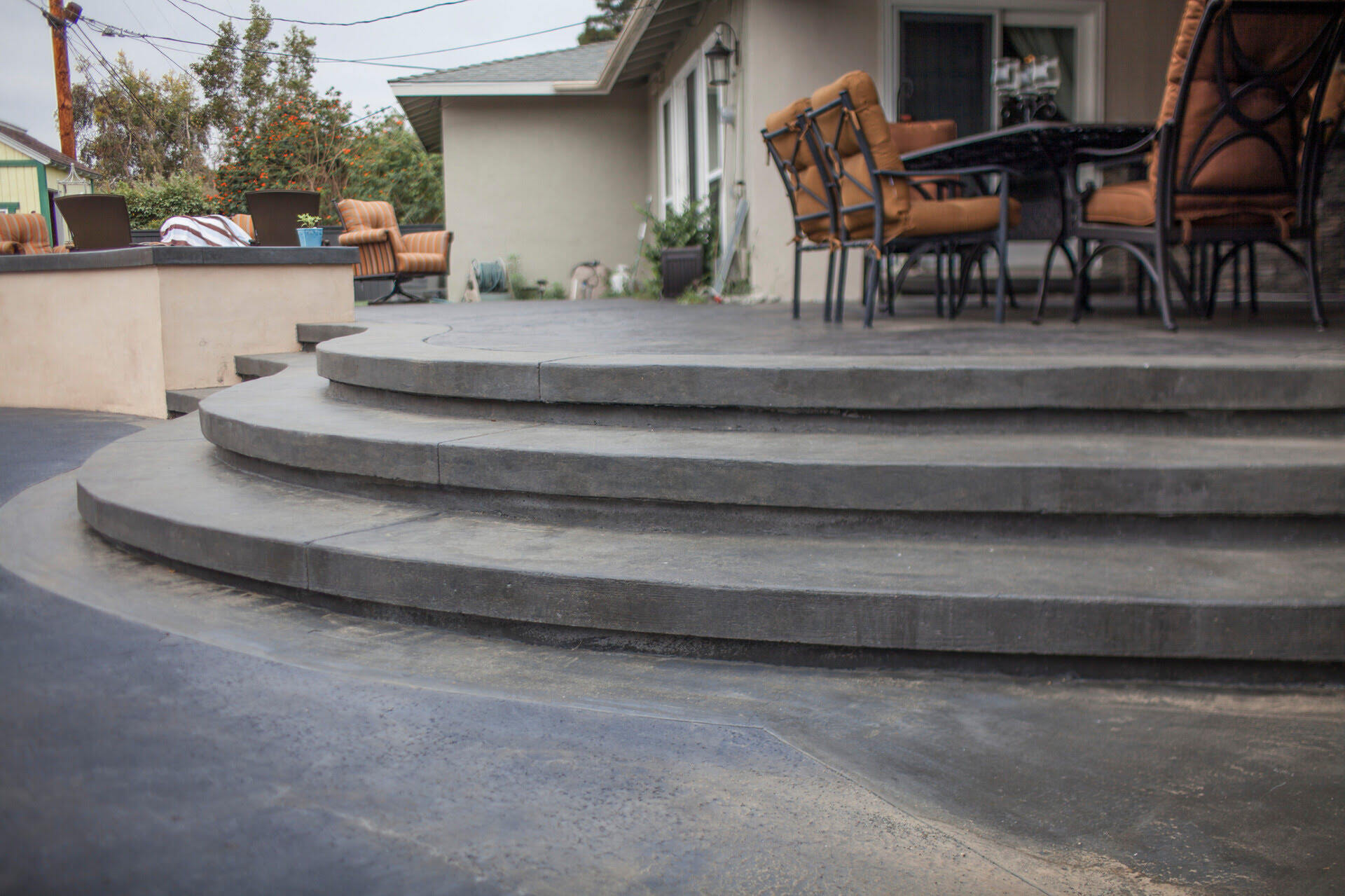
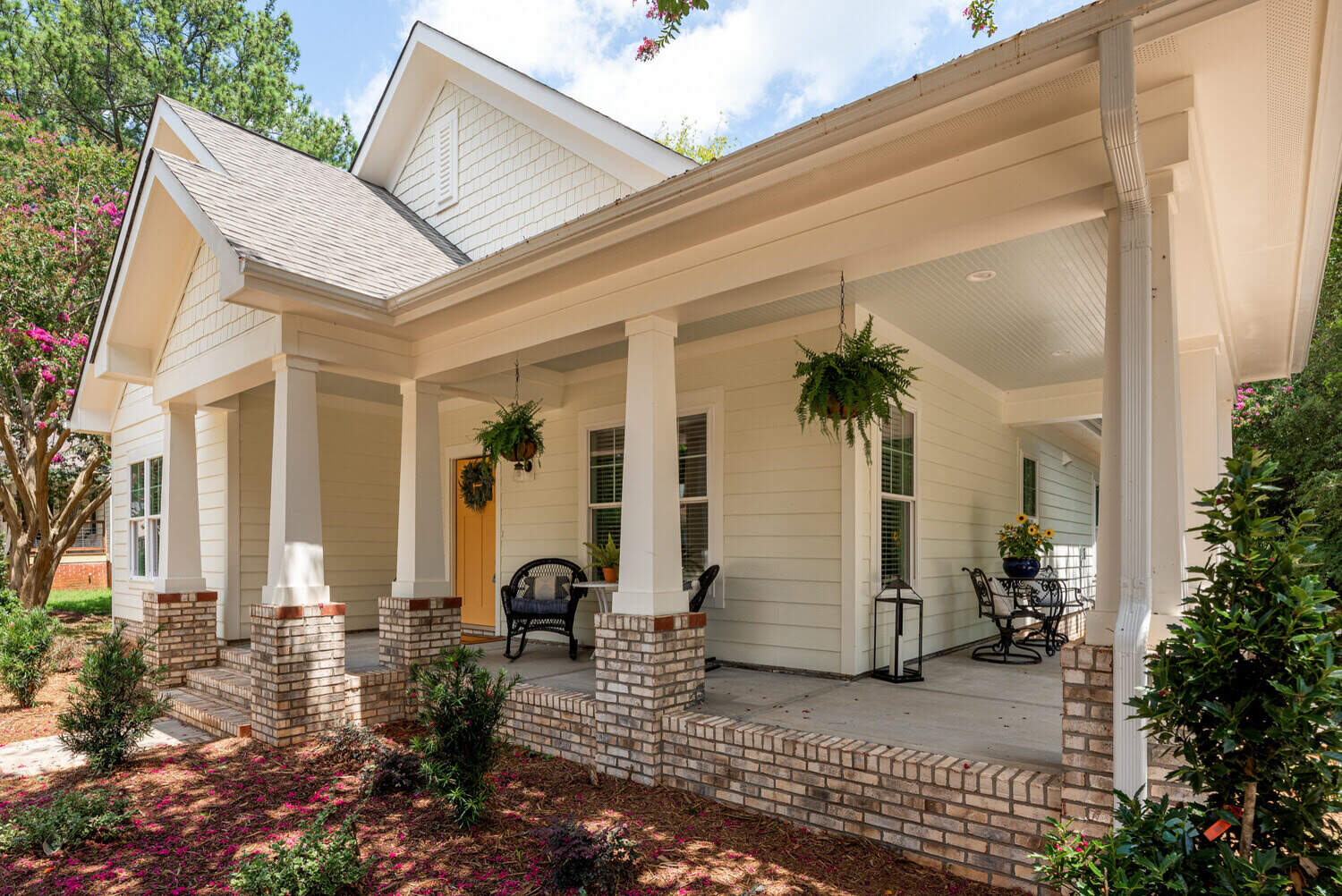
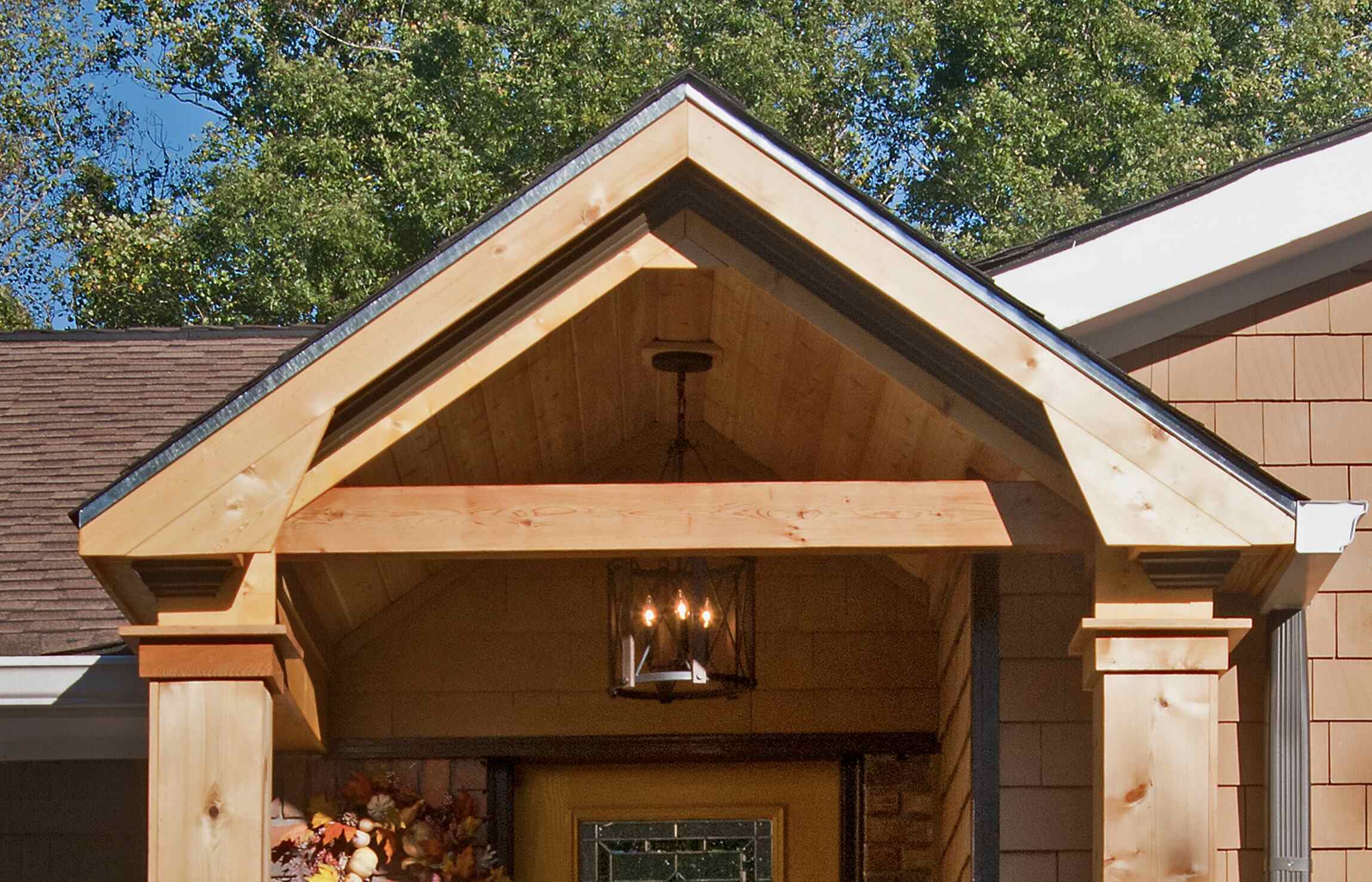
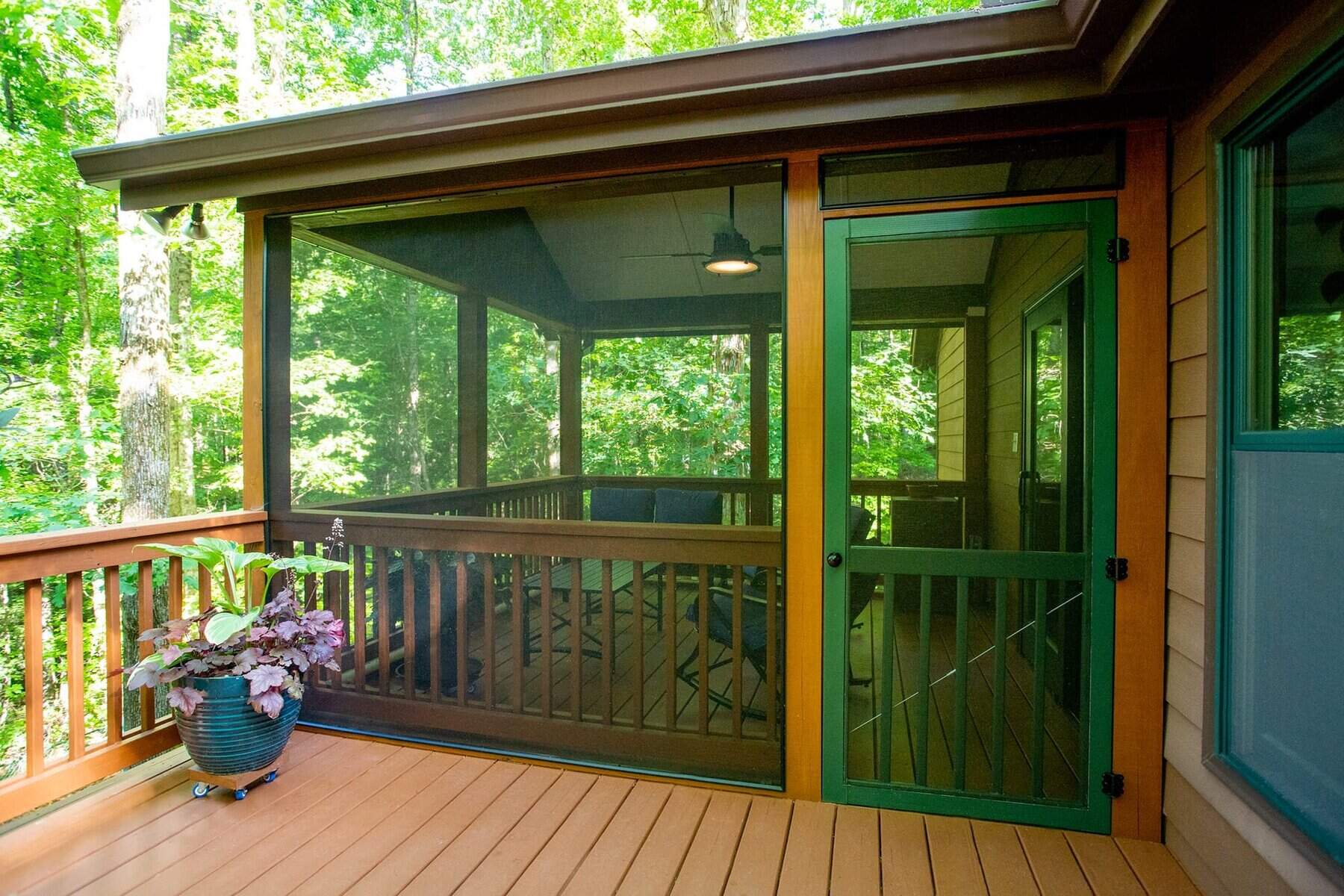
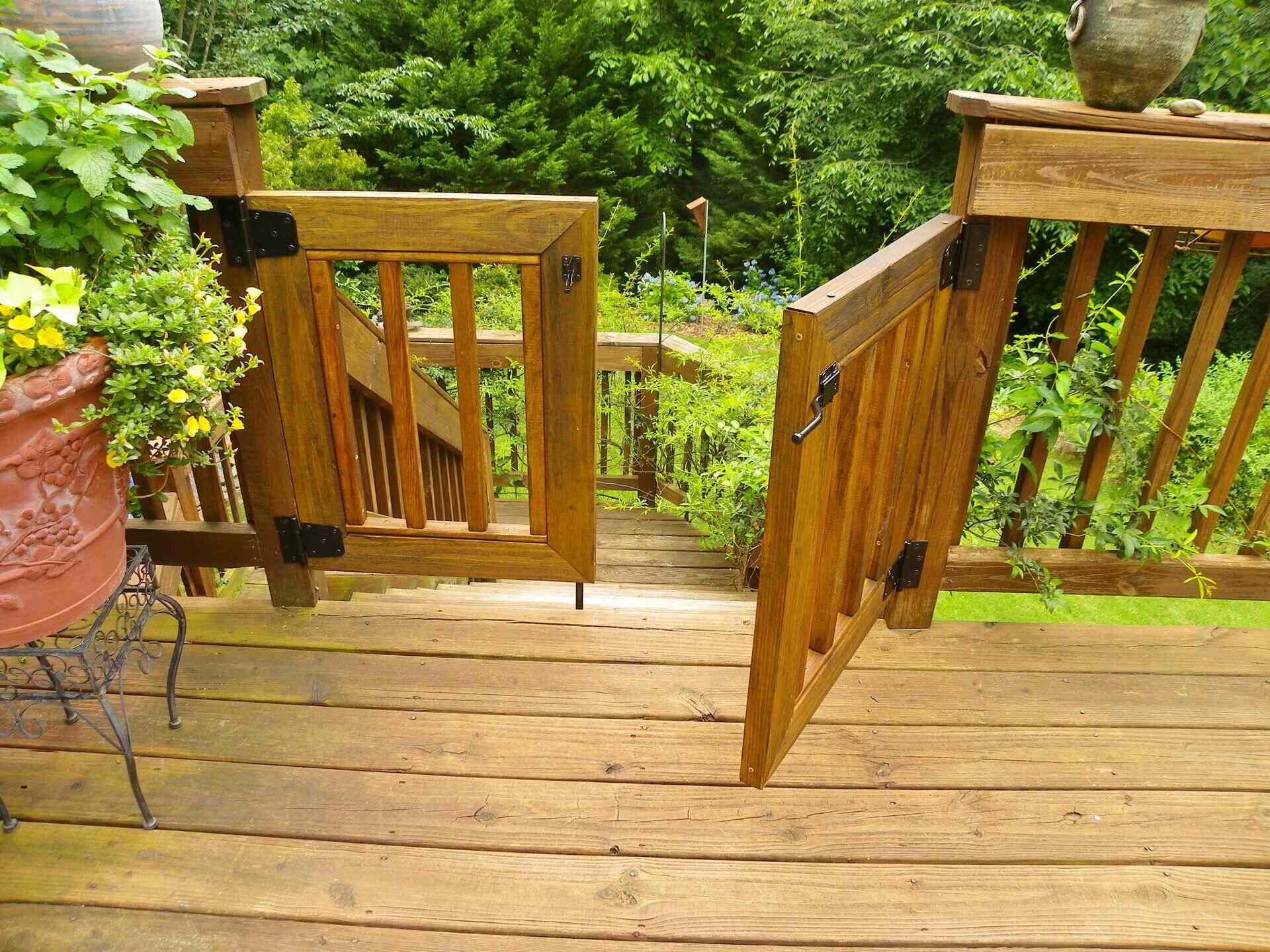
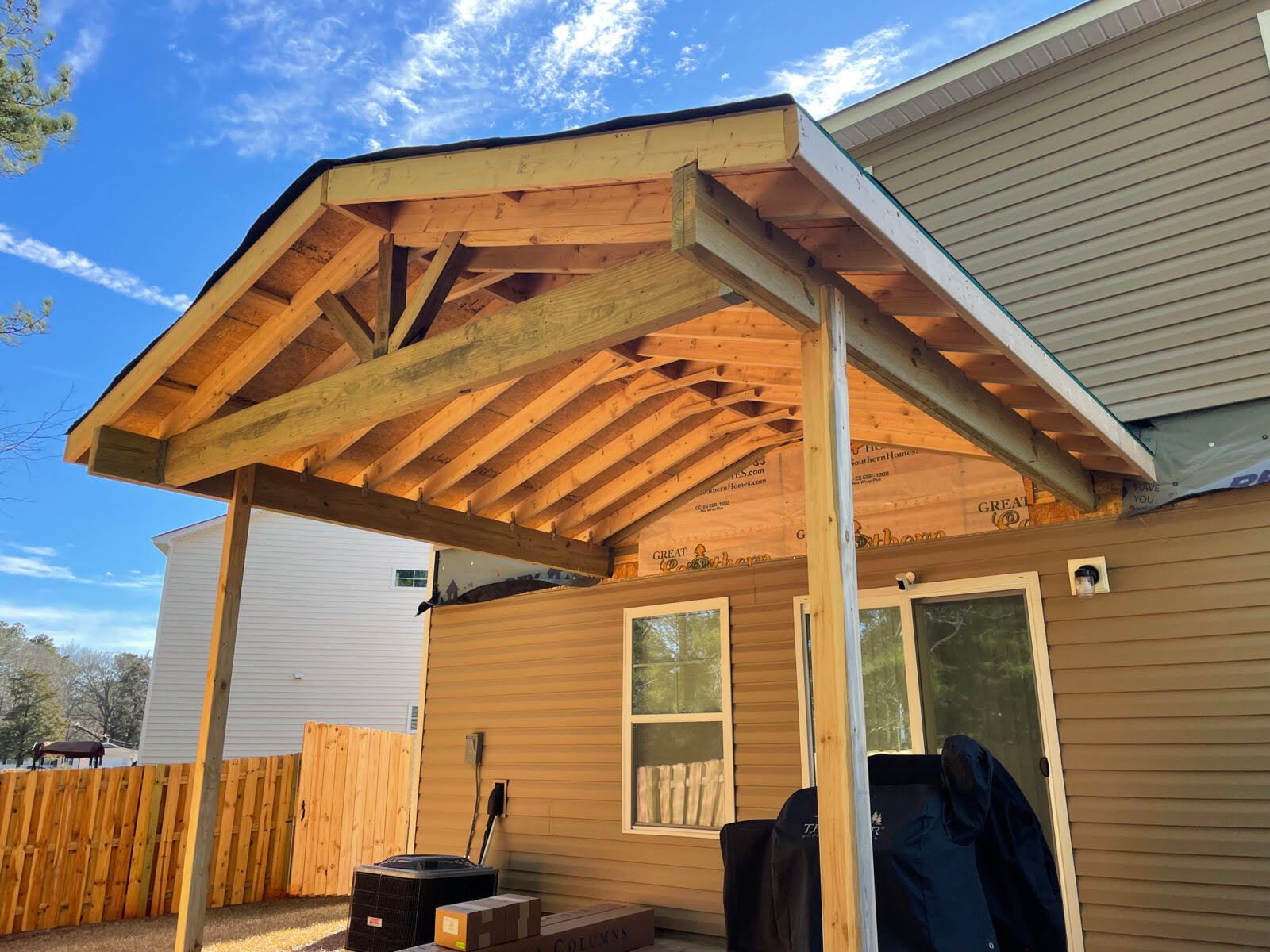
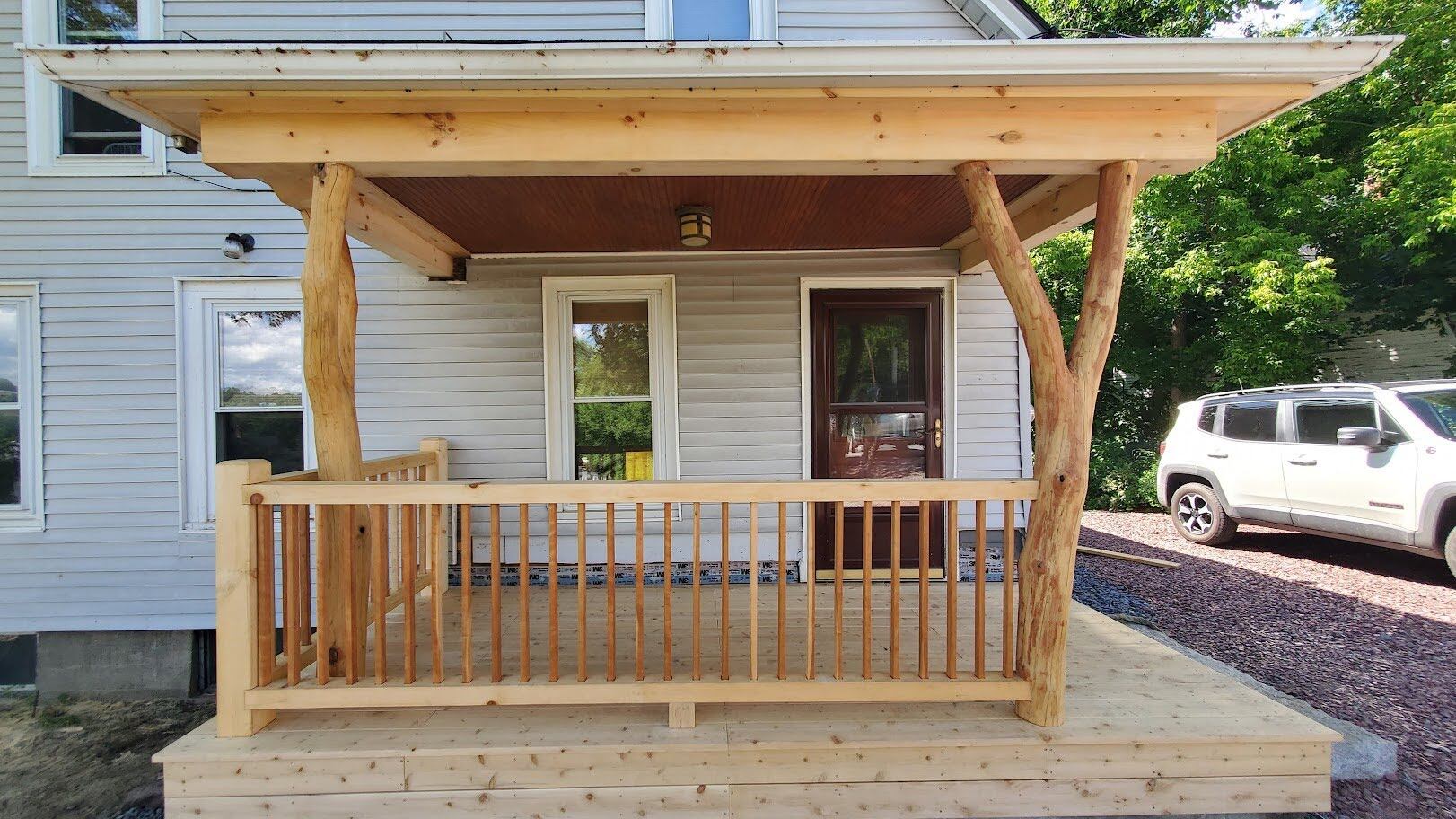

0 thoughts on “How To Build A Mobile Home Porch”